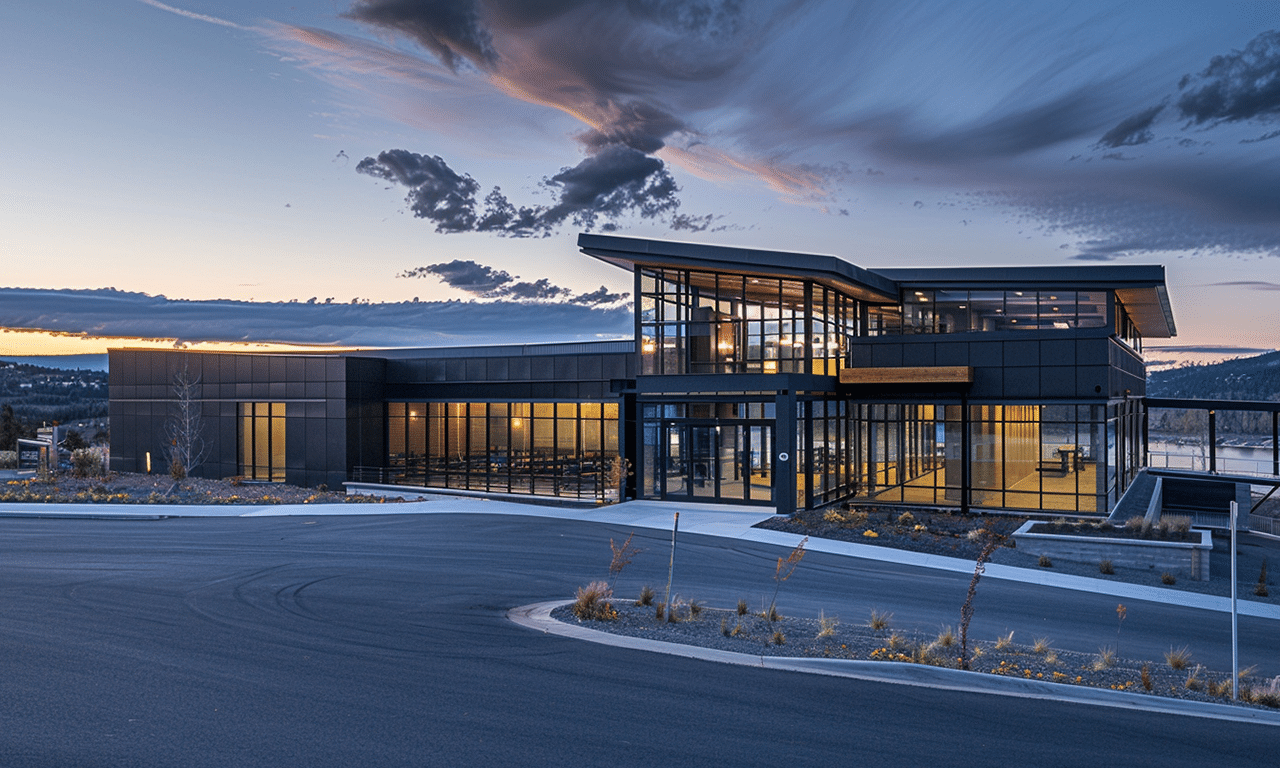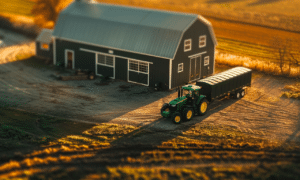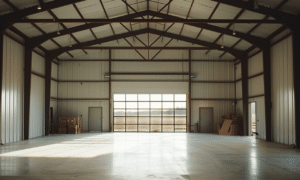Understanding Winter Hazards: Carbon Monoxide and Ice Threats in...

Saskatchewan Steel Buildings: Leading the Way in Modern Construction
A Growing Construction Revolution
Saskatchewan’s construction landscape is undergoing a significant transformation, with steel buildings emerging as the cornerstone of modern building solutions. This shift reflects the province’s unique needs, from agricultural facilities to commercial structures, all demanding durability and efficiency in Saskatchewan’s challenging climate.
Why Steel Buildings are Thriving in Saskatchewan
The province’s distinctive environmental challenges, including extreme temperature fluctuations and powerful prairie winds, have made steel buildings an ideal choice for local construction projects. These structures are engineered specifically to:
- Withstand heavy snowfall and strong winds
- Adapt to dramatic temperature changes
- Provide superior protection against prairie weather conditions
- Offer long-term durability with minimal maintenance
Agricultural Sector Leadership
Saskatchewan’s robust agricultural sector has been a primary driver in the steel building boom. Farmers and agricultural businesses increasingly choose steel structures for:
- Grain storage facilities
- Equipment storage
- Livestock housing
- Workshop spaces
- Processing facilities
The agricultural community particularly values steel buildings for their:
- Pest resistance capabilities
- Quick assembly timeframes
- Minimal maintenance requirements
- Adaptability to various uses
- Cost-effective long-term solutions
Explore the versatility of steel construction with this spacious metal garage, perfect for durable carports and more.
Sustainability in Steel Construction
Environmental consciousness plays a crucial role in Saskatchewan’s steel buildings construction decisions. Steel buildings offer significant environmental benefits:
- Utilization of highly recyclable materials
- Reduced construction waste
- Enhanced energy efficiency with proper insulation
- Lower lifetime environmental impact
- Sustainable resource utilization
Commercial Applications
Beyond agriculture, Saskatchewan’s commercial sector has embraced steel construction for:
- Retail spaces
- Industrial facilities
- Warehouses
- Office buildings
- Mixed-use developments
Residential Solutions
Steel buildings have found increasing acceptance in residential applications:
- Garages and workshops
- Home additions
- Storage solutions
- Recreational spaces
- Multi-purpose buildings
Weather Resistance and Durability
Saskatchewan’s climate demands construction solutions that can withstand:
- Extreme temperature variations
- Heavy snow loads
- Strong prairie winds
- Intense summer heat
- Winter freeze-thaw cycles
Steel buildings excel in meeting these challenges while maintaining structural integrity and appearance.

Discover the versatility of steel construction with durable carports and metal garages near your John Deere tractor in rural Ontario.
Economic Benefits
The adoption of steel buildings in Saskatchewan offers numerous economic advantages:
- Reduced construction timelines
- Lower maintenance costs
- Extended building lifespan
- Improved energy efficiency
- Enhanced resale value
Future Outlook
Saskatchewan’s steel building sector continues to evolve with:
- Advanced design capabilities
- Improved insulation technologies
- Enhanced customization options
- Innovative construction methods
- Expanded application possibilities
Conclusion
Saskatchewan’s construction industry has firmly embraced steel buildings as a solution that meets the province’s unique challenges and opportunities. From agricultural applications to commercial developments, steel structures continue to prove their value in durability, efficiency, and sustainability. As the province grows and evolves, steel buildings remain at the forefront of construction innovation, providing reliable, long-lasting solutions for Saskatchewan’s diverse building needs.
Would you like me to add any specific sections or expand on any particular aspects of Saskatchewan’s steel building industry?

EXPERT STEEL BUILDING SOLUTIONS
Your Building Team delivers engineered steel structures nationwide. From garages to commercial facilities, explore our comprehensive building solutions at yourbuildingteam.com
Calculated the Cost of a Building
for Your Location
Given that factors such as snow load, wind load, and seismic conditions significantly influence safety and compliance, providing the exact installation address is essential for an accurate preliminary cost estimate.



